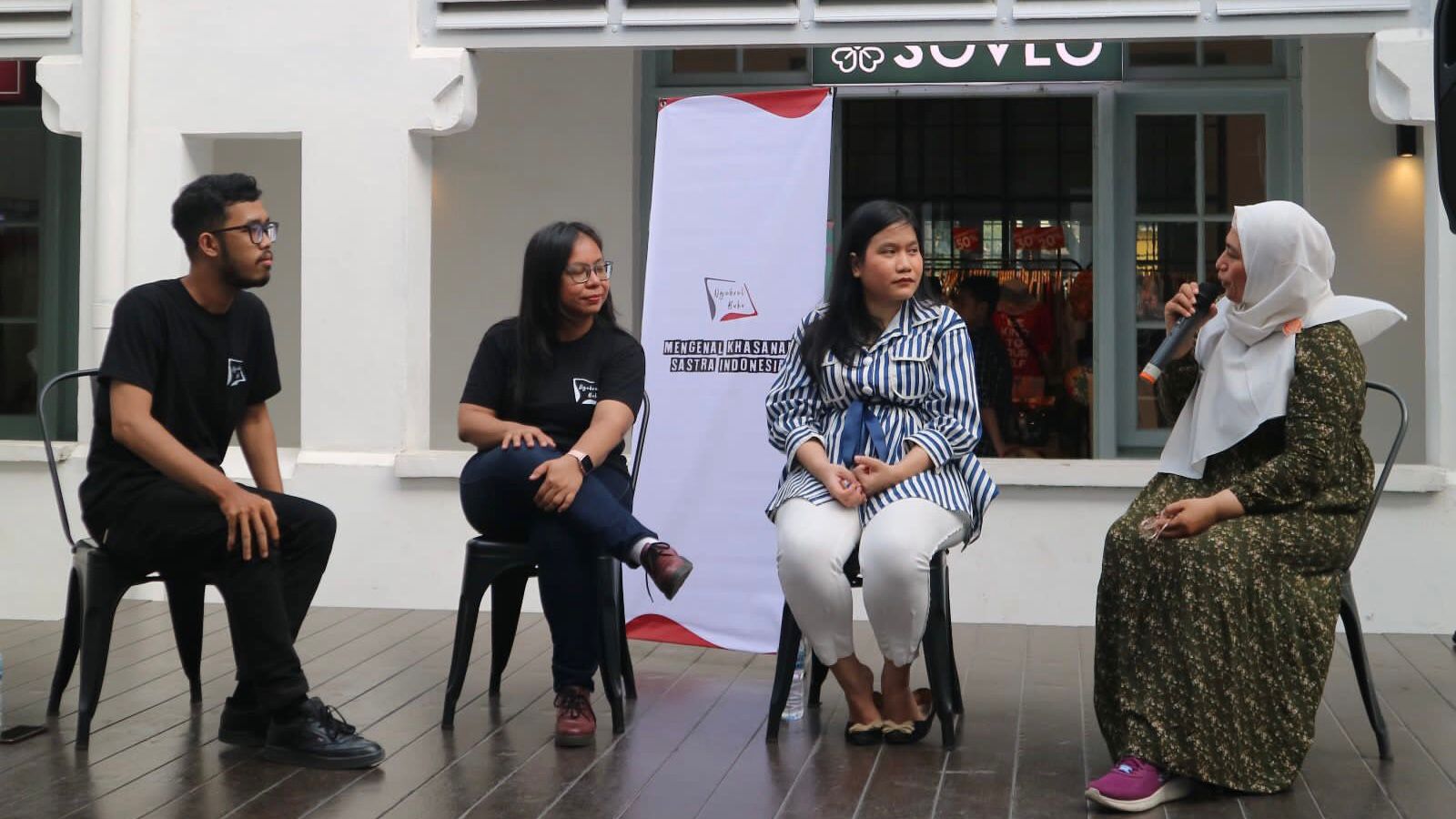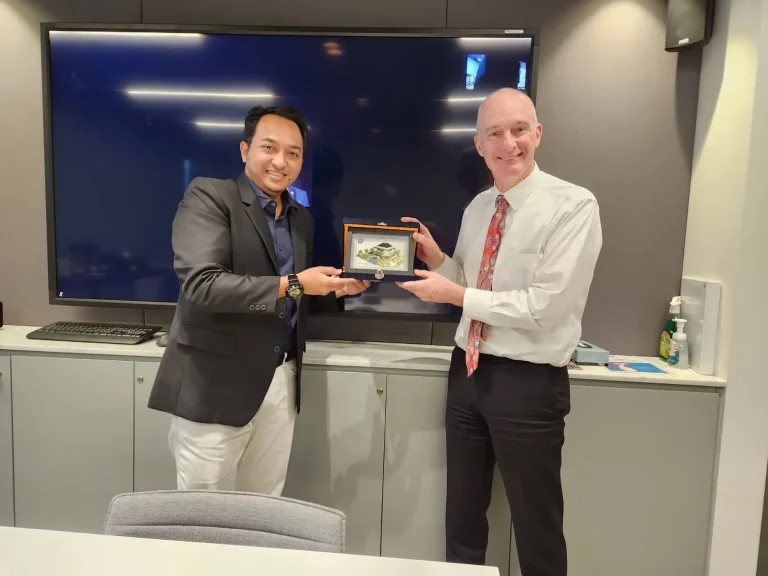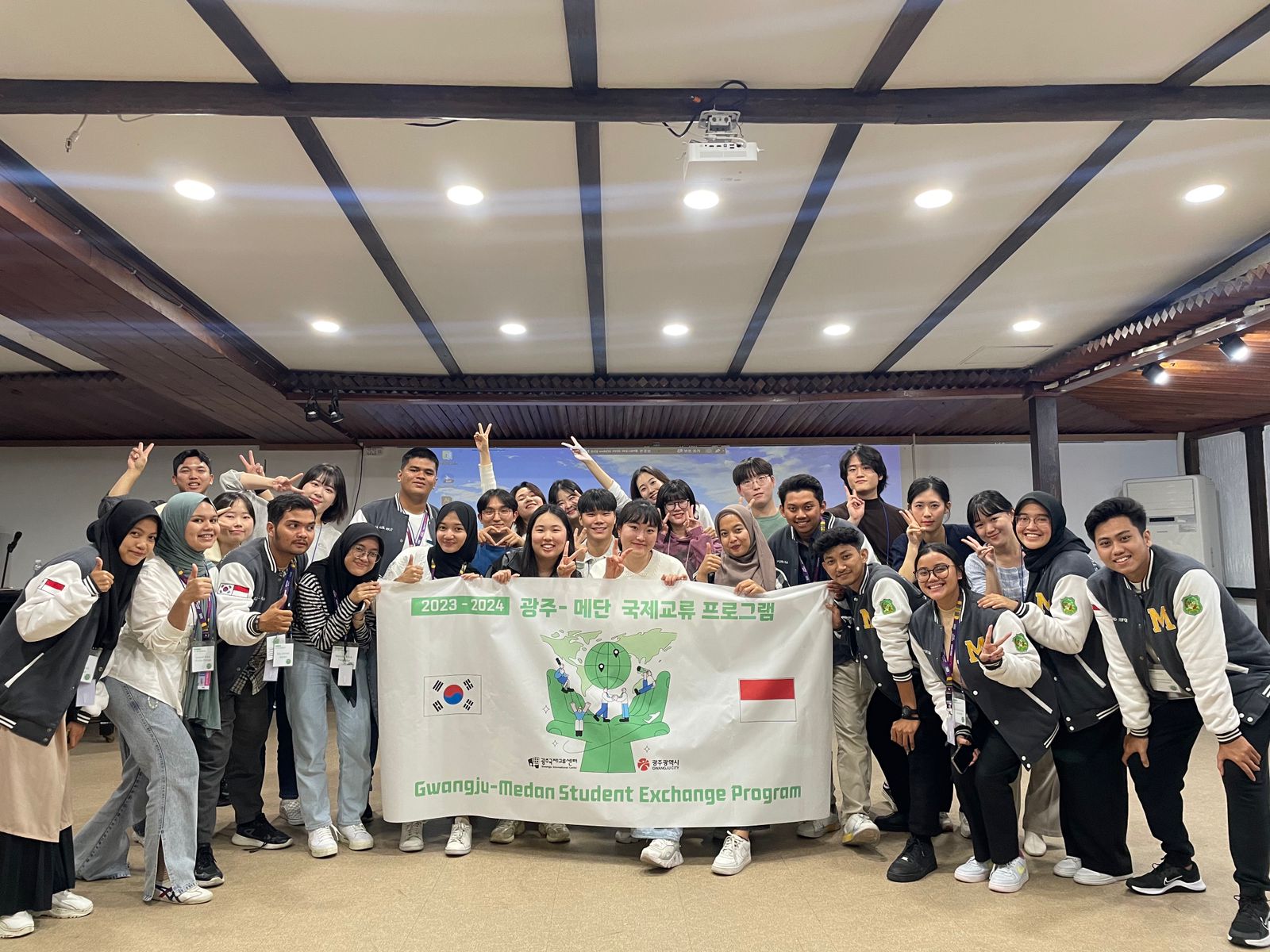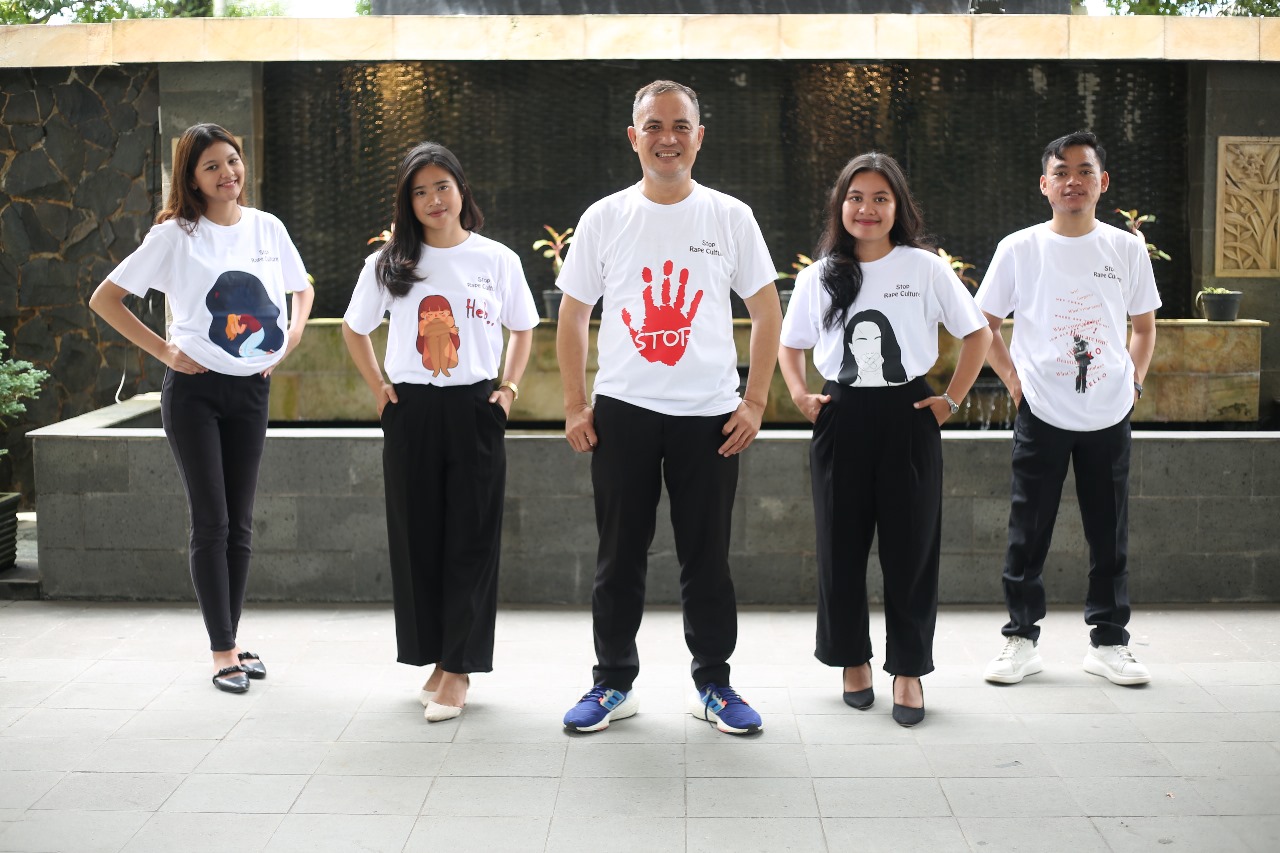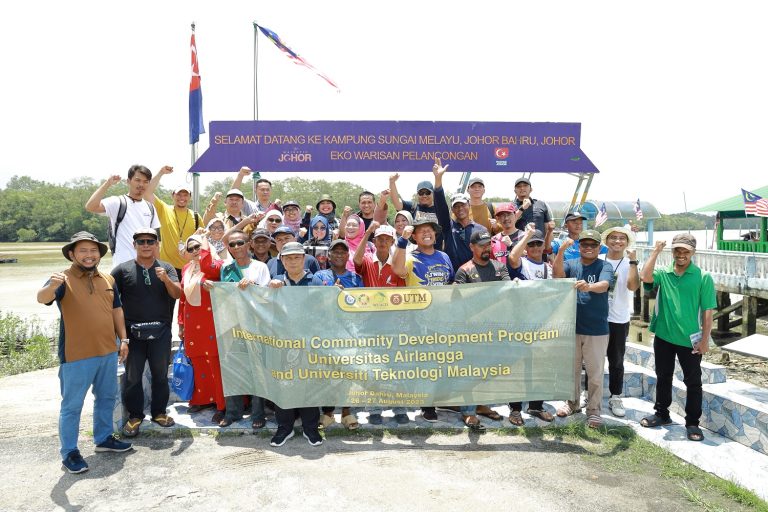Two lecturers of Universitas Sumatera Utara, Reni Asmara Ariga, S.Kp., MARS, from the Faculty of Nursing and Dr. Edy Ikhsan, S.H., M.A., from the Faculty of Law, collaborated as inventors of Patent IDS000005334 WEB-BASED SELF-CARE METHOD. The Ministry of Law and Human Rights granted the patent on 12 December 2022 for the invention of the website ariganursingselfcare.com.
This patent holder is Universitas Sumatera Utara, as a manifestation of the inventors’ dedication to the advancement of USU in education and service for the community. The website seeks to address various health-care-related issues in North Sumatra, such as those caused by the increasing population, the long distance between patients and health service centers, the cost and time that patients have to spend to get services, the lack of professional nurses, and the increasing number of degenerative diseases. Its accessibility to the public benefits the downstream of care innovation products. The invention relates to a self-care method that provides nursing care information and consultation services based on a website implemented through a smartphone or a computer.
The ariganursingselfcare.com website invention is intended to improve individual and the public’s ability to access information on and perform self-care, especially in health promotion methods. Self-care is conducted by consulting the website’s information database for health, quality of life, and recovery improvement. Continuously maintained and updated, the website contains the latest nursing care information such as injury care, maternity care, diabetes care, respiratory care, general examination (hypertension, hypotension, hyperuricemia, hypouricemia, hypercholesterolemia, hypocholesterolemia), nutritional care for toddlers, dental care, COVID-19 care, and common diseases usually found in community health centers (PUSKESMAS), providing a comprehensive nursing care consultation services starting from the assessment to the evaluation stage.
In the era of revolution 5.0, humans will live alongside technology in all aspects of life through digital devices, including nursing. The inventors hope the website can offer the public access to health services, expanding the outreach of hospitals and nurses in providing nursing care services.






